Introduction
Email verification has become a non-negotiable for businesses relying on email marketing to drive engagement and sales. But not all email verification tools are created equal. Choosing the right platform goes beyond basic functionality—it requires a keen eye for accuracy, reliability, and seamless integration with your existing marketing tools. This guide walks you through the key features to look for and best practices to help you make an informed decision.
Key Features to Look For
1. High Accuracy Rate
Accuracy is the cornerstone of any email verification tool. Look for platforms that deliver a minimum of 98% accuracy in detecting invalid or non-existent email addresses. A highly accurate tool ensures that only valid emails make it to your list, reducing bounce rates and improving deliverability.
Pro Tip: Some platforms provide benchmarks or demo reports showcasing their accuracy rates. Always request these when evaluating a tool.
2. Real-Time Verification
Real-time verification is essential for stopping bad emails at the source. Platforms with API integrations allow you to verify emails instantly at the point of collection (e.g., during signup or checkout).
Example:
A customer mistypes their email as johndoe@gamil.com. A real-time verifier flags this as invalid immediately, prompting the user to correct it, ensuring your list remains clean from the start.
3. Bulk Verification
The ability to process thousands (or millions) of emails in a single batch is a time-saving feature for businesses with large lists. Bulk verification tools should:
Handle large volumes efficiently.
Provide actionable results with detailed reports.
Support multiple file formats, such as CSV or Excel.
This feature is especially critical when onboarding old or purchased lists that haven’t been verified recently.
4. Detailed Reporting & Insights
A top-tier email verification platform doesn’t just clean your list—it provides insights into your list’s health. Look for tools that offer:
Bounce rate analysis.
Segmentation of invalid, role-based, and disposable emails.
Recommendations to improve list quality over time.
These insights empower businesses to make data-driven decisions and refine their email marketing strategies.
Best Practices for Using an Email Verification Platform
1. Verify Emails Before Adding Them to Your List
Prevent bad emails from entering your list by integrating email verification into your signup forms and data collection points. This proactive approach saves time and reduces the risk of hard bounces.
2. Regularly Clean Your Database
Even the most engaged lists degrade over time. Subscribers may change jobs, abandon personal accounts, or switch email providers. Schedule regular list-cleaning sessions (e.g., quarterly) to ensure your database remains accurate and up-to-date.
3. Integrate Verification with Signup Forms
Real-time verification tools seamlessly integrate with forms, ensuring data accuracy from the moment it’s collected. This is particularly useful for e-commerce businesses, SaaS platforms, and lead generation campaigns.
Conclusion
Choosing the perfect email verification platform is more than a technical decision—it’s a strategic investment. By focusing on accuracy, real-time capabilities, bulk verification, and actionable insights, you can maintain a clean and high-performing email list. Coupled with best practices like regular sanitization and proactive verification, the right tool will transform your email marketing efforts, improving engagement and driving ROI.

Comments